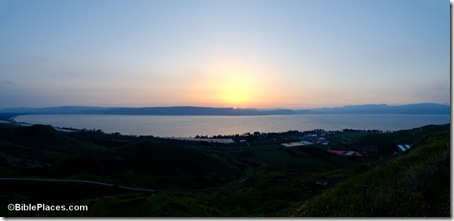For thousands of years, the Jewish people have celebrated the Passover sacrifice, but without a *sacrifice.* It’s one thing when you’re an oppressed minority in Europe, but it’s another when you’re the ruling majority in your own land. One would think that this would be the cause of great discussion, but it seems that the intervening years have muted the felt need for a sacrifice for most.
But not all. From Arutz-7:
The demonstration of the Paschal sacrifice is part of a study day scheduled to take place on Sunday, the First of Nissan (April 6), at the Kotel Yeshiva in the Jewish Quarter of Jerusalem’s Old City. The study day is a joint project of the Temple Institute, the Sanhedrin and the King David Museum. It was originally planned to take place one week later, but the organizers decided to dedicate it to the memory of the eight yeshiva boys murdered in Jerusalem recently, and to hold it on the 30th day after their death.
The study day is to include a public sacrifice which is being termed a “general rehearsal” for the actual Pesach sacrifice on the Temple Mount, a ritual prescribed by the Torah but currently forbidden by the Israel government and courts.
Glick told Ynet Monday that according to Jewish law, abstaining from performing the sacrifice is an extremely serious offense, comparable in its severity to avoiding a brit (circumcision ceremony) for one’s newborn boy. He explained that although Jewish law forbids Jews in an impure state (which all Jews are in as long as the Temple rites are not renewed) from entering the Temple area, an exception is made for public sacrifices like the Pesach sacrifice.
The Temple movement recently sent a formal request to Prime Minister Ehud Olmert and Minister of Public Security Avi Dichter, to allow them to conduct the sacrifice on the Temple Mount. “Making the Paschal sacrifice is part of the religious freedom which is a basic human right and a cornerstone of democracy,” they wrote. Glick said, however, that the organizers “have no intention of trying to ascend to the Mount without permission from the police….
Another animal rights activist, Etti Altman, said the sacrifice has no place in an “enlightened country” like Israel and quoted from the ancient Sifri biblical commentary which says: “As God is called ‘compassionate,’ so should you be compassionate.”
The full story is here.
